When it comes to coin collecting, a few rare coins capture the imagination of enthusiasts around the world. One such treasure is the 1909-S VDB Wheat Penny. This small copper coin is famous not just for its age but for its rarity and interesting history. For younger collectors and those new to the hobby, understanding why this penny is so valuable makes the story even more exciting.
In this article, we will explore the story behind the 1909-S VDB Wheat Penny’s low mintage and the controversial initials of its designer, which were removed from later coins. By the end, you will know why this tiny penny remains a dream piece for collectors and how it became a unique symbol in the world of American numismatics.
The Birth of the Wheat Penny
The Wheat Penny was introduced in 1909 to replace the Indian Head penny. The new design featured two wheat stalks on the back, which is why it is called the Wheat Penny. The front had the image of President Abraham Lincoln to celebrate his 100th birthday. This was a big change because it was the first time a U.S. coin featured a real person instead of symbolic images.
The 1909 Wheat Penny had several versions, but the one that stands out is the 1909-S VDB. This version was minted in San Francisco and had special initials on the back, belonging to its designer, Victor David Brenner. The combination of these details makes it one of the most interesting coins ever made in the U.S.
Low Mintage Makes the 1909-S VDB Wheat Penny Rare
One of the main reasons the 1909-S VDB Wheat Penny is so valuable is its low mintage. Mintage means the number of coins produced. In 1909, the San Francisco mint produced only around 484,000 of these pennies. To put it in perspective, other pennies were made in millions during the same time. Fewer coins in circulation mean fewer chances of owning one today.
This limited number makes the coin very rare and sought after by collectors. It is not easy to find a genuine 1909-S VDB penny in good condition, which further increases its value. Even today, collectors pay a significant amount to add this penny to their collections because of its rarity.
Who Was Victor David Brenner?
Victor David Brenner was the artist behind the design of the Wheat Penny. He was a talented engraver and medalist who worked closely with the U.S. Mint. Brenner’s initials, VDB, appeared on the reverse side of the penny at the bottom. This was a common practice to credit artists, but it became the source of some controversy later.
Brenner’s contribution is important because he brought a fine artistic touch to the coin. His initials made the coin unique and recognizable. However, not everyone at the Mint was happy with such clear marking of the designer’s identity on a coin that was to be used by millions of people. This debate led to changes shortly after the coin’s release.
The Controversy Over the VDB Initials
Right after the 1909-S VDB pennies were released, the many initials caused a stir. Some officials at the U.S. Mint thought the VDB initials were too large and distracting. They believed it took attention away from the main design, Abraham Lincoln. As a result, the Mint decided to remove these initials from the pennies produced after the first batch.
This decision created a split in 1909 Wheat Pennies. The ones with the VDB initials became more rare because they were only made for a short time. Later versions without the initials continued to be produced in large numbers. This controversy is part of what makes the 1909-S VDB so special and collectible.
What Makes the 1909-S VDB Wheat Penny a Collector’s Dream?
The combination of low mintage, historical significance, unique design, and the story of its initials makes the 1909-S VDB Wheat Penny a true collector’s dream. For many collectors, owning this penny is like owning a piece of history. It symbolizes a moment when art, history, and controversy met on a simple copper coin.
Collectors from India and around the world admire this penny not only for its monetary value but also for the fascinating story it tells. It is a reminder of how small details, like a designer’s initials, can influence the legacy of an object used every day by millions.
How to Spot a Genuine 1909-S VDB Wheat Penny
If you are interested in owning this rare penny, it’s important to know how to identify a genuine 1909-S VDB Wheat Penny. First, check for the “S” mintmark on the front below Lincoln’s shoulder, indicating it was minted in San Francisco. Second, look closely at the back at the bottom edge for the VDB initials. They appear as very small letters but should be clear and sharp.
Because this penny is so valuable, many fakes exist in the market. Always buy from trusted dealers or get the coin certified by a professional service. Learning about the coin’s details helps younger collectors avoid mistakes and adds excitement to the hobby.
The Lasting Legacy of the 1909-S VDB Wheat Penny
More than 100 years after it was made, the 1909-S VDB Wheat Penny remains one of the most famous coins ever minted in the United States. Its story of rarity and artistic controversy continues to capture the imagination of coin collectors everywhere, including younger people in India who enjoy the thrill of discovering historical treasures.
Whether you are a beginner or a seasoned collector, the 1909-S VDB Wheat Penny teaches us that every coin has a story. It shows how history, art, and the smallest details can turn a simple penny into a valuable piece of heritage. So, if you come across one, remember it is more than just a coin – it is a piece of history waiting to be cherished.

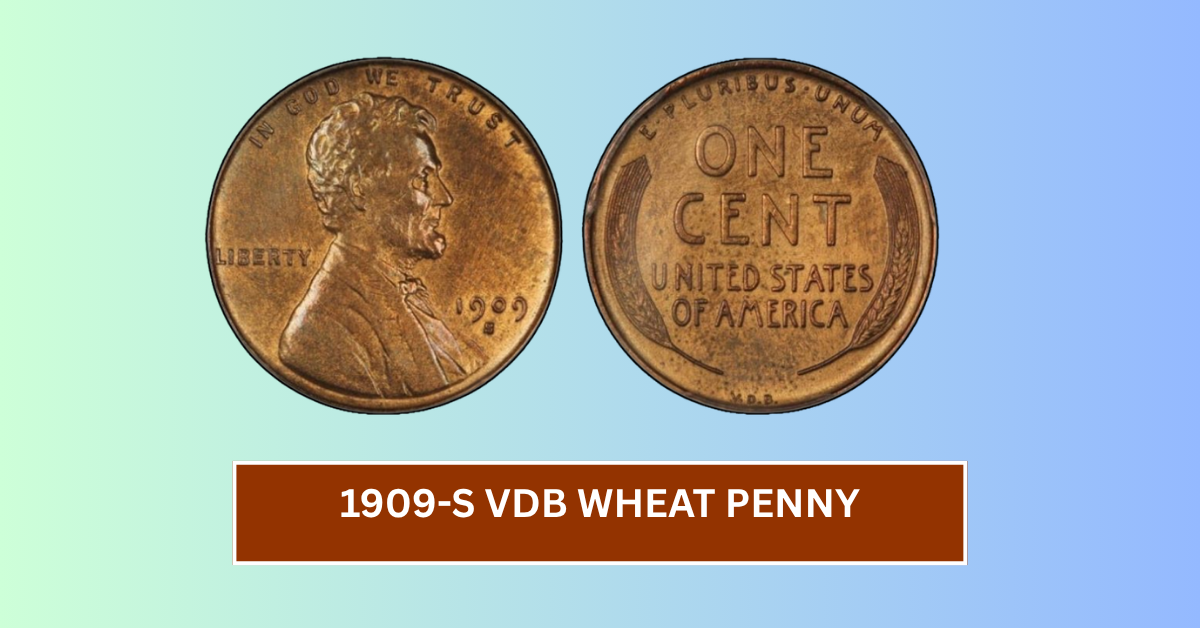
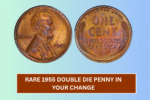
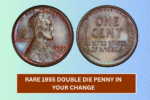
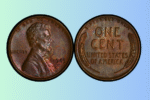
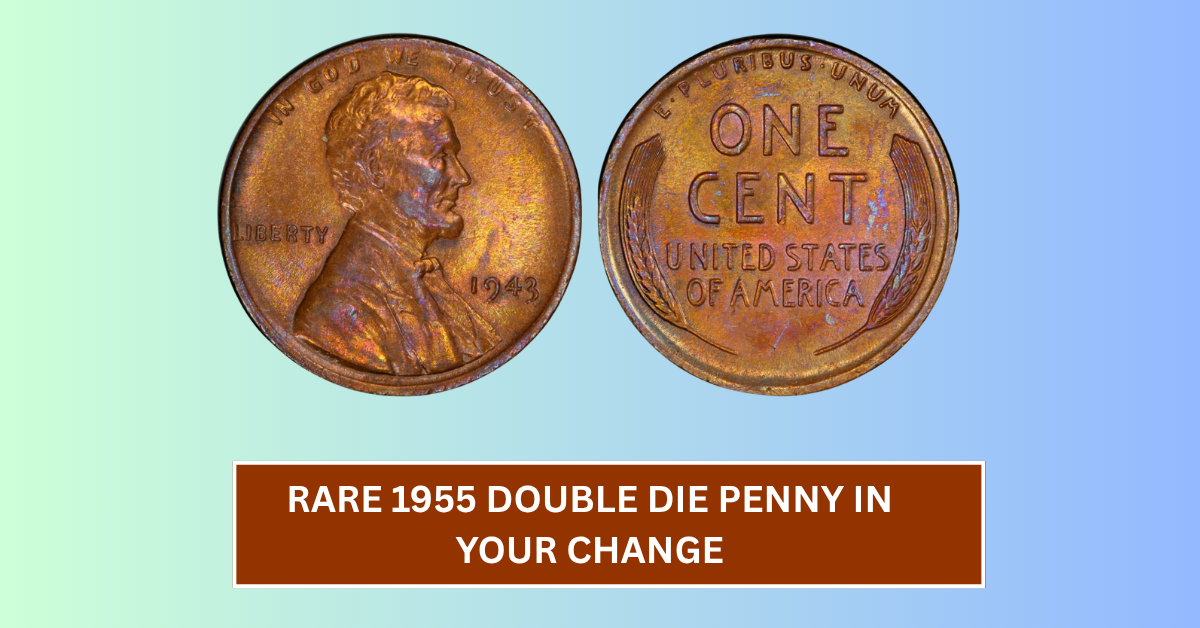
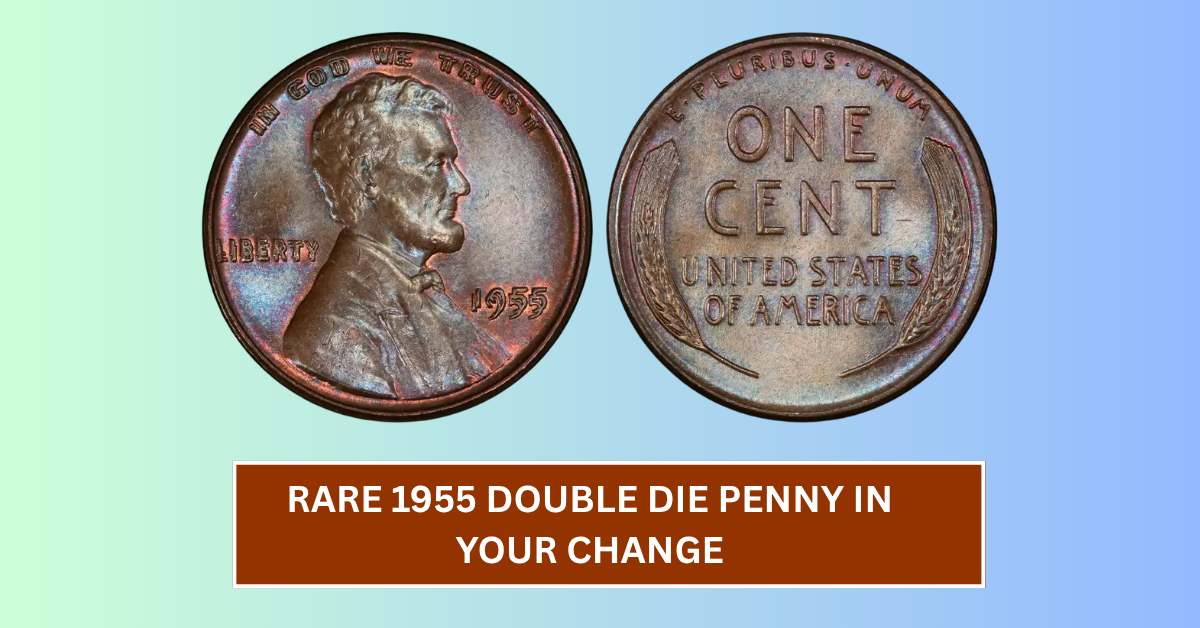
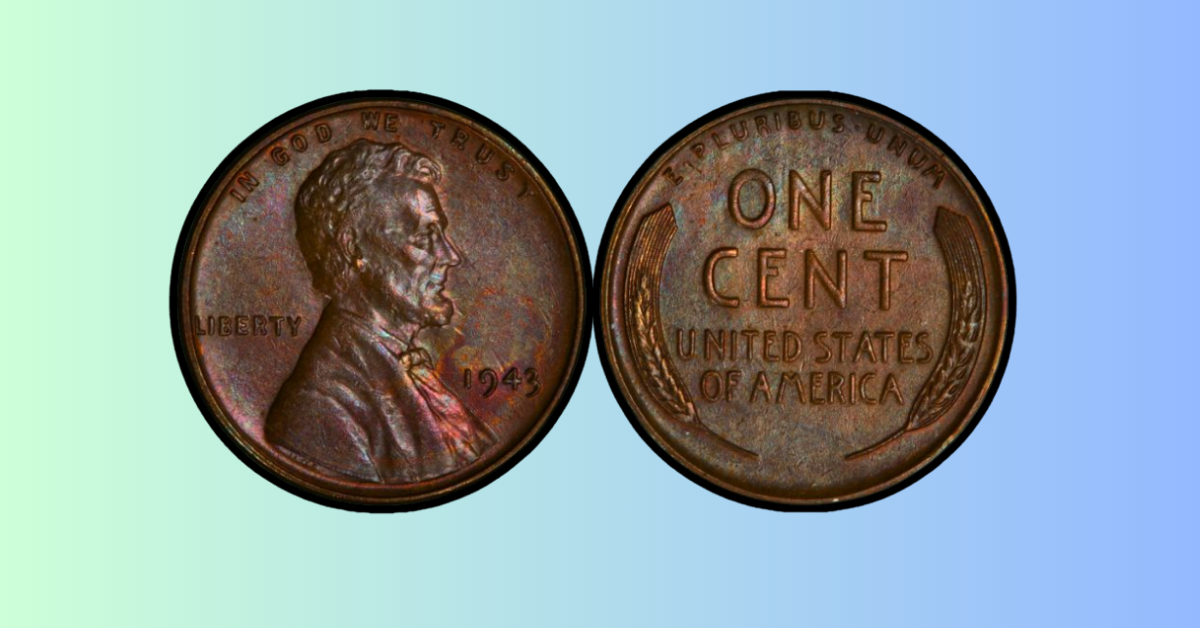
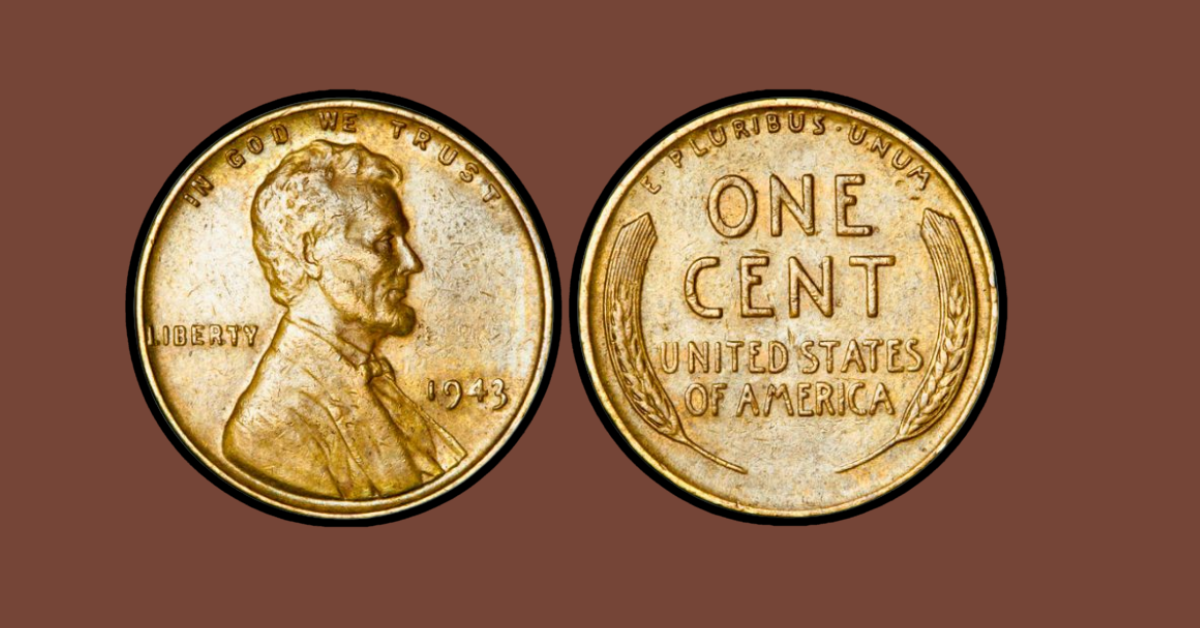
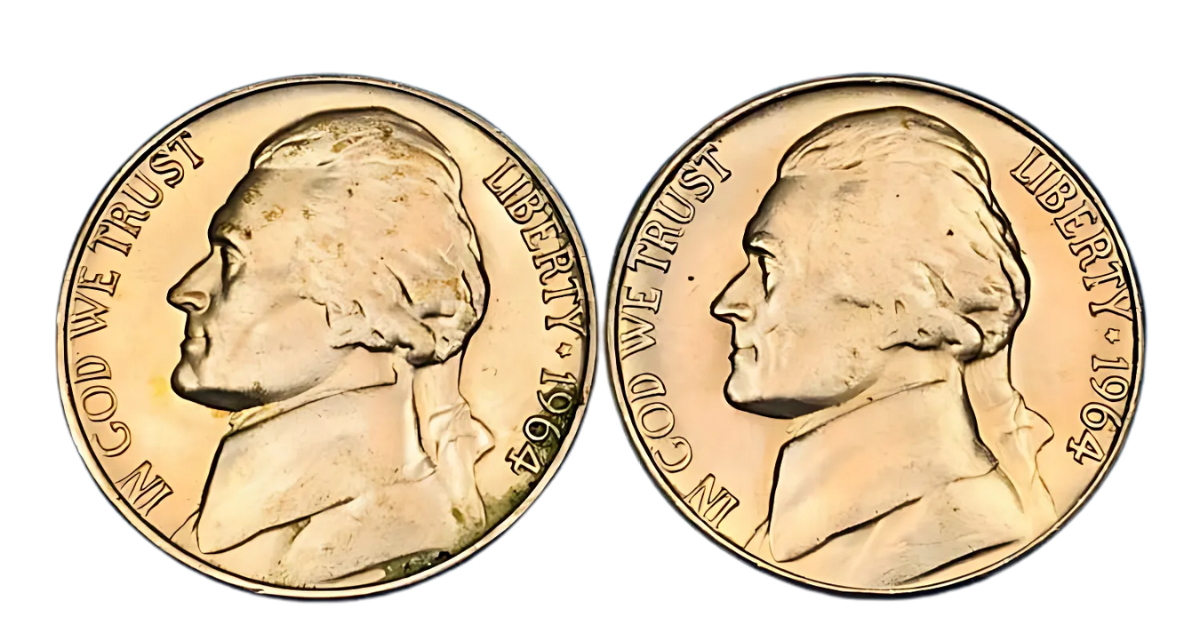
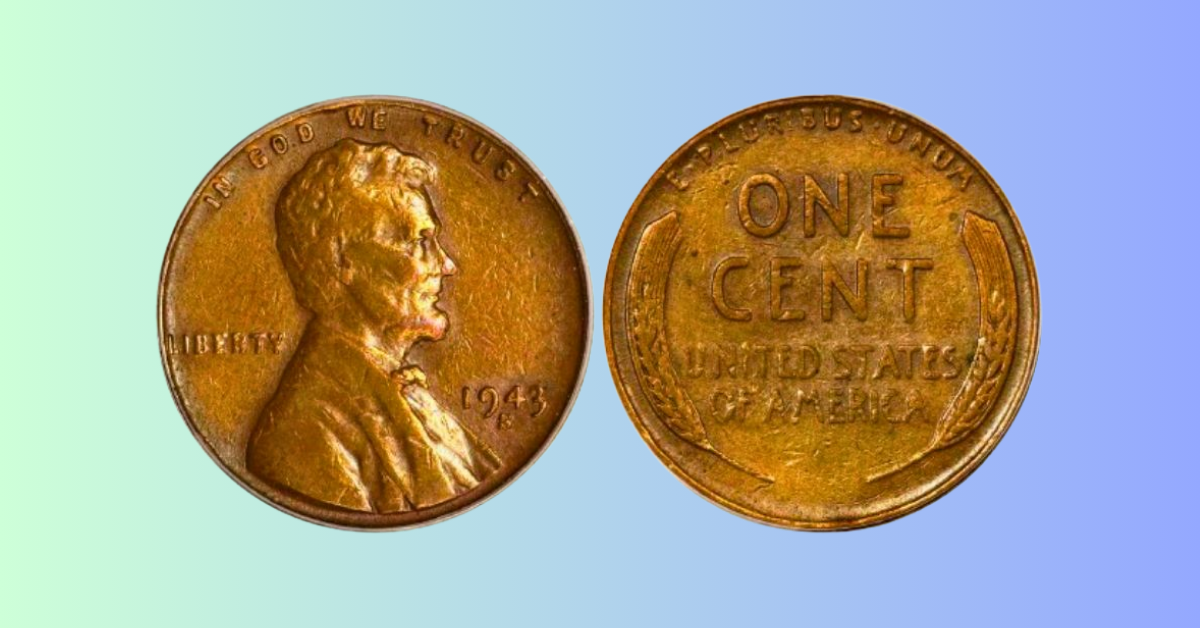
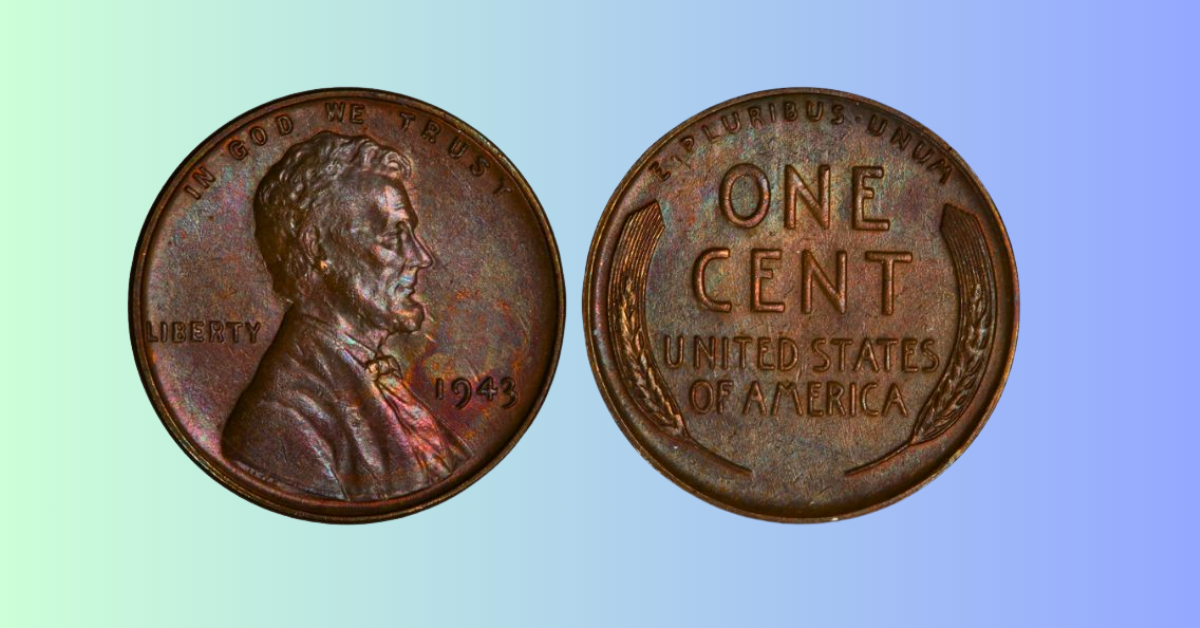
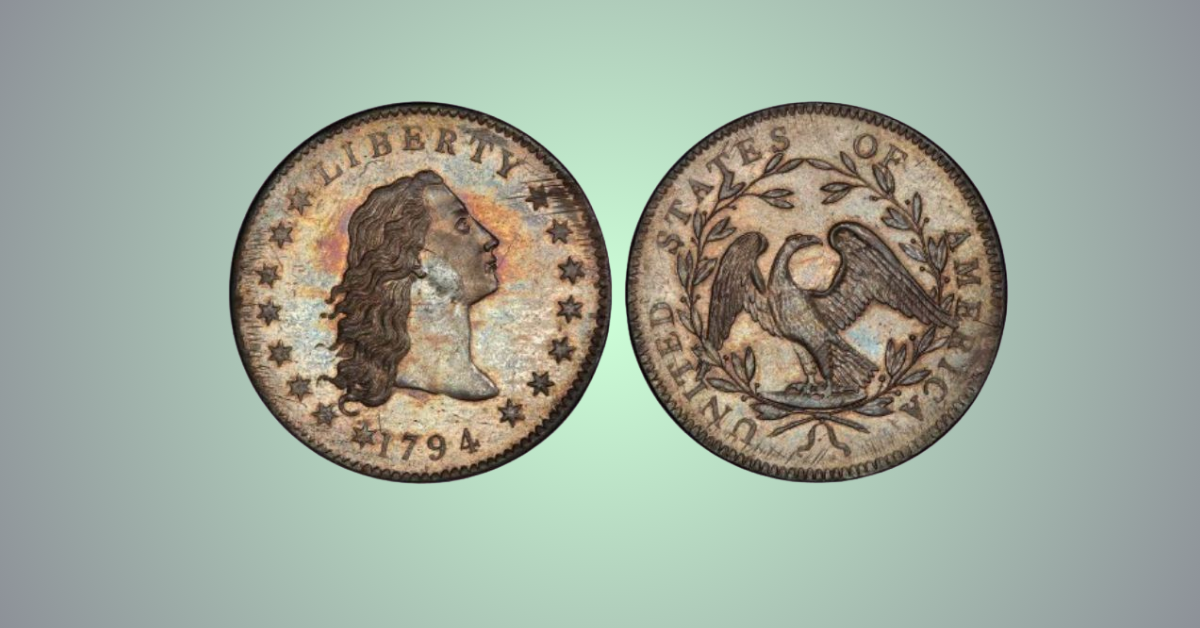
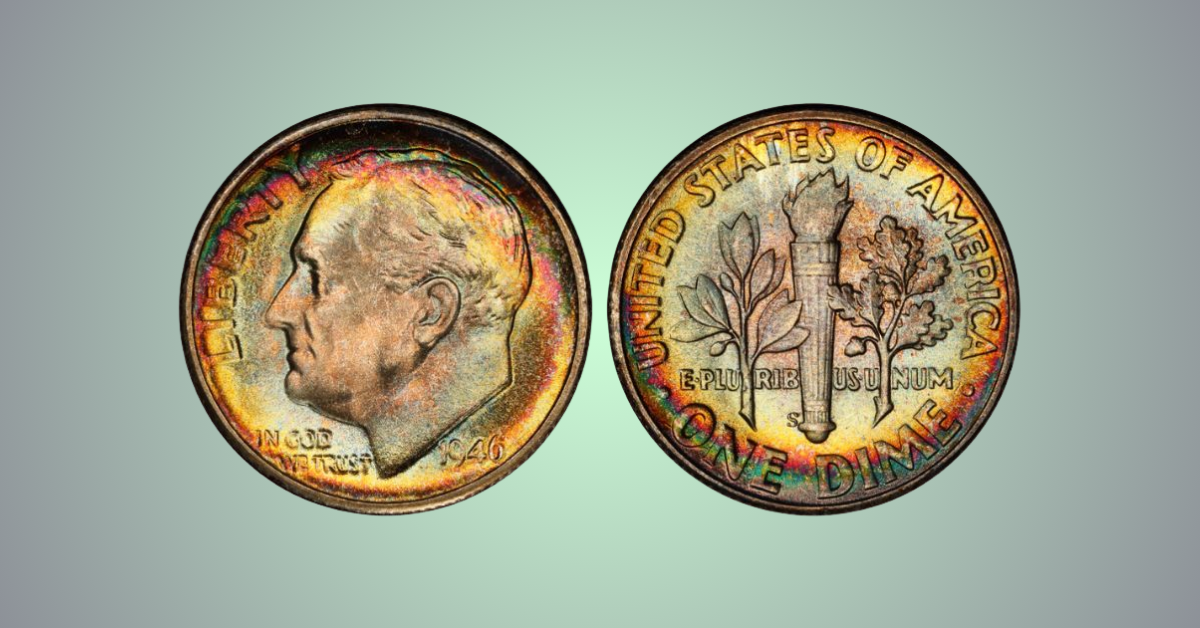
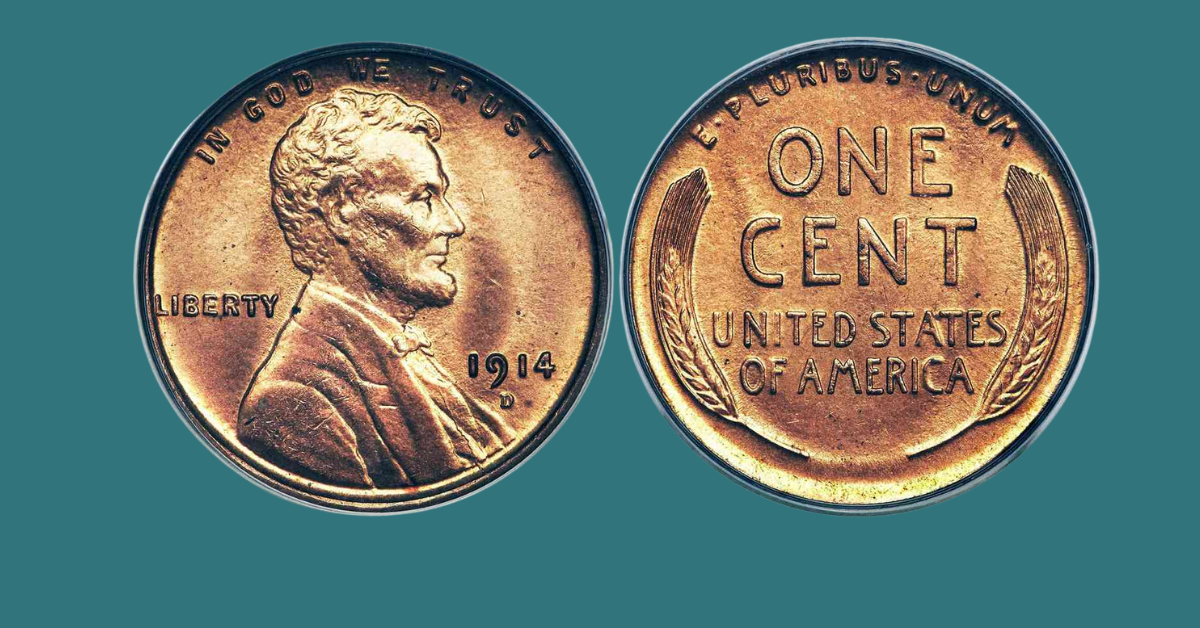



Leave a Reply